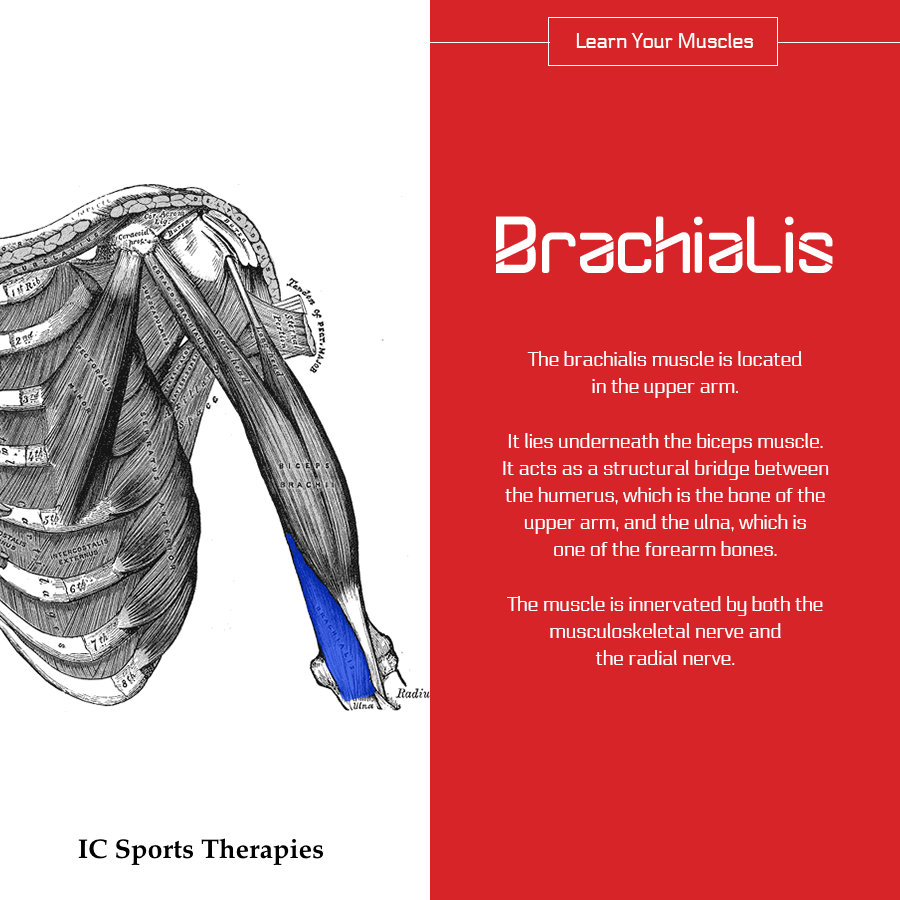Feet get us around – we use them for running, walking and jumping. And yet, most people know very little about what actually goes on inside the foot. Feet generally get taken for granted – that is, until something goes wrong with them. Nothing incapacitates you as much as a broken or badly infected foot, and smelly feet can affect others as well.
-
The average adult takes 4,000 to 6,000 steps a day.
-
Sixty million Americans or 25% of the U.S. population have flat feet.
-
In the Middle East heels were added to shoes to lift the foot from the burning sand.
-
Feet are at their largest at the end of the day.
-
In a foot, there are 250,000 sweat glands.
-
The only shoe museum in North America is located in Toronto. This museum showcases shoes spanning over 4,500 years.
-
Sneakers were first made in America in 1916. They were originally called keds.
-
In Europe it wasn’t until the 18th century that women’s shoes were different from men’s.
-
In Europe, in the sixteenth and seventeenth centuries heels on shoes were always colored red.
-
The average person walks about 100,000 miles in a lifetime.
-
Feet are spreading to support extra weight as our populations pack on the kilos. According to a 2014 study by the College of Podiatry in the UK, the average foot has increased two sizes since the 1970s.
-
The oldest preserved shoe is 5,500 years old and was found in an Armenian cave.
-
Approximately 20% of the population in the US has high arches
-
The human foot contains 26 bones, 33 joints, 107 ligaments, 19 muscles and tendons.
-
The first boots were made for Queen Victoria in 1840.
-
Plantar fasciitis affects about 10% of the US population.
-
There are 52 bones in a pair of feet.
- The average foot gets two sizes longer when a person stands up.
-
Madeline Albrecht holds the world record for most feet sniffed at 5,600.
-
75% of Americans will experience foot problems at one time or another in their lives.
-
The average woman walks 3 miles more per day than the average male.
-
The record for the world’s largest feet belongs to Matthew McGrory who wears US size 28.5 shoes. The average male shoe size is 10.
-
9 out of 10 women wear shoes that are too small for their feet.
-
During the first year of a child’s life, their feet grow rapidly, reaching almost half their adult size. By 12, a child’s foot is about 90% of its adult length.
-
Walking is the best exercise for your feet. It contributes to your general health by improving circulation and weight control.
-
Typically in a person’s 30-40’s, the natural fat pads on the bottoms of the feet made from collagen & elastin gradually thin out, causing foot pain by the end of the day unless properly cushioned footwear is worn.
-
It takes at least 5-6 months to grow an entirely new toenail.
-
Osteoarthritis is the most common type of arthritis, affecting an estimated 20.7 million adults in the United States, mostly after the age of 45.
-
Cigarette smoking is the biggest cause of Peripheral Vascular Disease (disease of the arteries of the feet and legs) which often leads to pain on walking, ulceration, infection and in the most severe cases – gangrene and possible amputation.
- The pressure on the feet when running can be as much as four times the runner’s body weight.
-
Fingernails and toenails grow faster during hot weather, pregnancy, and teenage years.
-
25% of all the bones in the human body are down in your feet. When these bones are out of alignment, so is the rest of your body.
-
Ankle sprains are one of the most common injuries in sports. Because the inner ankle is more stable than the outer ankle, the foot is likely to turn inward from a fall (ankle inversion) which results in an ankle sprain.
-
About 5% of Americans have toenail problems in a given year.
-
The average child will take its first steps around 13-17 months – but between 10 and 18 months falls within the “normal” range.
-
During an average day of walking, the forces on your feet can total hundreds of tons, equivalent to an average of a fully loaded cement truck.
-
The ancient Romans were the first to construct distinct left and right shoes. Before that, shoes could be worn on either foot.
-
Women experience foot problems 4 times more often than men.
-
65 out of 1,000 people get corns or calluses on their feet.
-
Sweat glands in the feet product approximately half a pint of perspiration daily.
-
Shoe size in Britain is measured in Barleycorns a unit of measurement that stretches back to Anglo-Saxon times.
-
More than half the women in America have bunions, a common foot deformity in which the joint that connects the big toe to the foot gets larger and juts out.
-
-
About 20-30% of the world’s population have Morton’s Toe, a foot condition in which the second toe is longer than the big toe.
-
In America, the average shoe size has gone up two sizes in just four decades.
-
Soles of feet contain more sweat glands and sensory nerve endings per square centimeter than any other part of the body.
-
Over 2 million Americans seek treatment for plantar fasciitis (heel pain) each year.
-
When walking, each time your heel lifts off the ground it forces the toes to carry one half of your body weight.
-
It’s rare that two feet are exactly the same; one of them is usually larger than the other.
-
The first foot coverings were probably animal skins, which Stone Age peoples in northern Europe and Asia tied around their ankles in cold weather.
-
Foot disorders in the elderly are extremely common and are the cause of much pain and disability, and consequent loss of mobility and independence.
-
A human foot & ankle is a strong, mechanical structure that contain 26 bones, 33 joints, and more than 100 muscles, tendons & ligaments.
-
Standing in one spot is far more tiring than walking because the demands are being made on the same few muscles for a longer length of time.
-
Butterflies taste with their feet, gannets incubate eggs under their webbed feet and elephants use their feet to hear – they pick up vibrations of the earth through their soles.
-
3 out of 4 Americans experience serious foot problems in their lifetime.
-
Only a small percentage of the population is born with foot problems.
-
It’s neglect and a lack of awareness of proper care – including ill fitting shoes – that bring on problems.
-
Women have about four times as many foot problems as men. High heels are partly to blame.
-
Walking is the best exercise for your feet. It also contributes to your general health by improving circulation, contributing to weight control, and promoting all-around well being.
-
Your feet mirror your general health. Conditions such as arthritis, diabetes, nerve and circulatory disorders can show their initial symptoms in the feet – so foot ailments can be your first sign of more serious medical problems.
-
Arthritis is the number one cause of disability in America. It limits everyday dressing, climbing stairs, getting in and out of bed or walking – for about 7 million Americans.
-
About 60-70% of people with diabetes have mild to severe forms of diabetic nerve damage, which in severe forms can lead to lower limb amputations. Approximately 56,000 people a year lose their foot or leg to diabetes.
-
Sweat glands in the feet excrete as much as a half-pint of moisture a day.
-
Walking barefoot can cause plantar warts. The virus enters through a cut.
-
The two feet may be different sizes. Buy shoes for the larger one.
-
About 5% of Americans have toenail problems in a given year.
-
The average person takes 8,000 to 10,000 steps a day, which adds up to about 115,000 miles over a lifetime. That’s enough to go around the circumference of the earth four times.
-
There are currently more websites on the Internet having to do with foot fetishes than with foot health.
-
The foot accounts for 25% of the bones in the human body.
-
There are roughly 500,000 sweat glands on a pair of feet.
-
The afternoon is the optimum time to shop for shoes because the feet tend to be more swollen then.
-
Shoe sizes were devised in England by King Edward II who declared in 1324 that the diameter of one barley corn – a third of an inch – would represent one full shoe size. That’s still true today.
-
The feet can contract an array of nasty diseases from communal showers: Planter Wart, Athletes foot, Ring worm!












